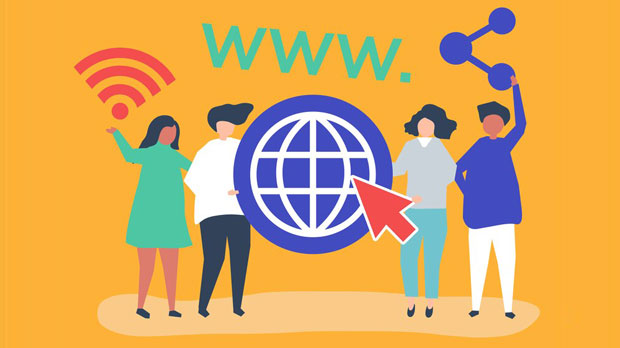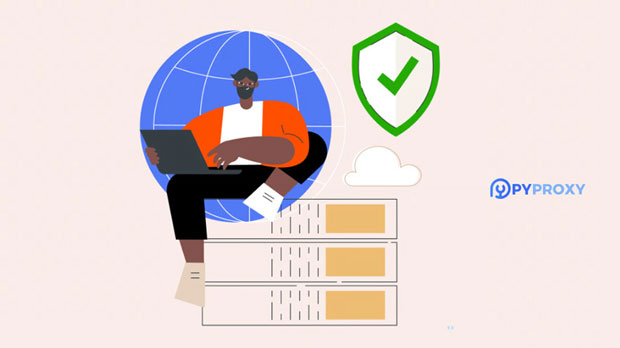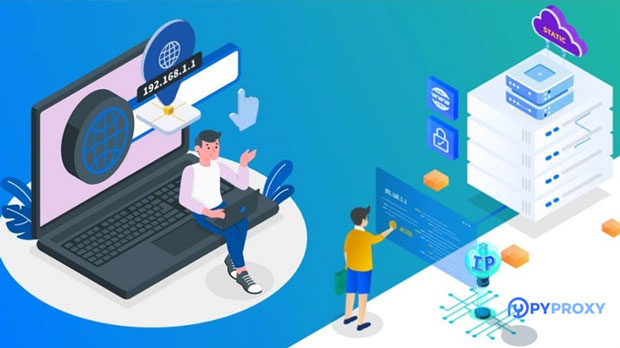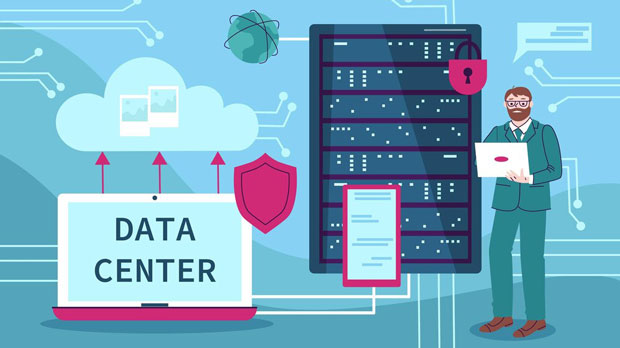In the realm of internet infrastructure, two dominant protocols—IPv4 and IPv6—serve as the backbone for network communication. When it comes to proxies, these two versions also play a critical role in determining speed and performance. Data center IPv4 proxies, while widely used, are often associated with certain limitations, especially in terms of network congestion and routing inefficiencies. On the other hand, IPv6 proxies, with their enhanced design and larger address space, promise faster speeds and better scalability. However, the real-world performance of these two types of proxies can differ depending on various factors. This article aims to explore the key differences in speed between IPv4 and IPv6 proxies, focusing on technical, network, and operational aspects. Understanding IPv4 and IPv6 ProxiesBefore diving into the speed differences, it’s important to understand the fundamentals of both IPv4 and IPv6 proxies. IPv4 Proxy IPv4 (Internet Protocol version 4) has been the standard for network addressing since the early days of the internet. It uses a 32-bit address system, providing about 4.3 billion unique IP addresses. This was sufficient in the early days of the internet, but the rapid growth of connected devices has led to IPv4 address exhaustion. IPv4 proxies are commonly used in data centers, where numerous users share a single IP address. These proxies can sometimes face congestion due to the limited address space.IPv6 Proxy IPv6 (Internet Protocol version 6) was introduced to address the limitations of IPv4. With its 128-bit addressing system, IPv6 allows for an almost unlimited number of IP addresses. IPv6 proxies are less common but are increasingly gaining traction as internet infrastructure evolves. The larger address space of IPv6 addresses enables faster data transmission, as it avoids the congestion issues associated with IPv4’s limited pool of addresses.Speed Differences Between IPv4 and IPv6 ProxiesSeveral factors contribute to the speed differences between IPv4 and IPv6 proxies. Understanding these differences is crucial for businesses and individuals relying on proxies for tasks such as web scraping, SEO, or anonymous browsing.1. Network Congestion and Routing Efficiency One of the most significant factors affecting the speed of both IPv4 and IPv6 proxies is network congestion. Since IPv4 addresses are limited, many users share the same IP address, leading to bottlenecks and slower speeds. In contrast, IPv6’s larger address pool significantly reduces this problem, as fewer users are likely to share a single IP address. Furthermore, IPv6 allows for more efficient routing, as its hierarchical address structure is better suited for the global scale of modern internet traffic. This can result in faster connection times and less latency compared to IPv4 proxies.2. Data Transmission Efficiency IPv6 improves upon IPv4 by simplifying packet headers, which leads to more efficient data transmission. The IPv6 protocol has streamlined its design to eliminate certain fields present in IPv4 headers, reducing the amount of data that needs to be processed. This can reduce the amount of time spent on routing decisions and thus improve the overall speed of the proxy connection.3. Latency and Ping Times Latency refers to the time it takes for data to travel from the source to the destination. Due to the more efficient design of IPv6 and fewer network hops, latency tends to be lower in IPv6 networks compared to IPv4. This is particularly beneficial for applications that require real-time data, such as gaming or live video streaming. For proxies, lower latency means quicker page loads and more responsive browsing experiences.4. Global Adoption and Compatibility Issues While IPv6 has obvious technical advantages, the global adoption of IPv6 is still in progress. Many websites, servers, and services continue to operate on IPv4, leading to compatibility issues. This can create delays when accessing IPv6 content via IPv4 proxies, as the network must perform additional translation. In contrast, IPv4 proxies do not face this issue, as the majority of internet infrastructure is still designed around IPv4. Consequently, the speed advantage of IPv6 proxies may not always be realized, particularly when interacting with older IPv4-only services.Real-World Application of IPv4 and IPv6 ProxiesIn practice, the speed differences between IPv4 and IPv6 proxies can vary depending on the use case. Here are some examples of how these proxies can perform in different scenarios:1. Web Scraping and Data Mining For web scraping tasks, speed is of the essence. In this scenario, IPv6 proxies have the edge due to their reduced network congestion and improved routing. They can help avoid the throttling and blockages that often occur with overused IPv4 addresses. Additionally, the faster data transmission of IPv6 can help scrape data more efficiently, saving time and resources.2. Anonymous Browsing and Security When it comes to anonymous browsing, the difference between IPv4 and IPv6 proxies is less pronounced. Both types of proxies can effectively mask the user's IP address and provide privacy. However, IPv6 proxies may offer better performance, particularly in regions where IPv6 infrastructure is more developed.3. SEO and Digital Marketing In the SEO and digital marketing world, speed can impact the efficiency of tasks such as keyword research, competitor analysis, and website testing. IPv6 proxies tend to perform better in terms of speed, offering faster load times and quicker data retrieval. This can lead to more effective marketing campaigns, particularly when dealing with large volumes of data.Challenges of IPv6 ProxiesWhile IPv6 proxies offer notable speed advantages, there are still challenges to consider:1. Limited Availability IPv6 proxies are still not as widely available as their IPv4 counterparts. As a result, users might face challenges in sourcing reliable IPv6 proxies, particularly for specialized use cases.2. Compatibility Issues As mentioned earlier, many websites and services are still primarily using IPv4. This creates potential compatibility issues when using IPv6 proxies, as some content may not be accessible or may require translation between IPv6 and IPv4 networks.3. Learning Curve For users unfamiliar with IPv6 technology, there can be a learning curve associated with configuring and using IPv6 proxies. This can lead to inefficiencies, especially for businesses without the technical expertise to fully leverage IPv6’s advantages.Conclusion: Which Proxy Type Is Faster?The speed differences between IPv4 and IPv6 proxies are significant, with IPv6 generally offering better performance. However, the real-world impact depends on factors such as network congestion, latency, and compatibility with existing infrastructure. IPv6 proxies provide faster speeds due to reduced congestion, more efficient routing, and simplified data transmission, but the adoption rate and compatibility issues mean that IPv4 proxies may still be a more practical choice in some cases. For businesses and individuals seeking the best performance, the decision should be based on specific needs, including the target audience, geographical location, and the nature of the tasks being performed. In many cases, a hybrid approach using both IPv4 and IPv6 proxies may offer the best balance of speed and compatibility.
Apr 16, 2025
![arrow]()




























































